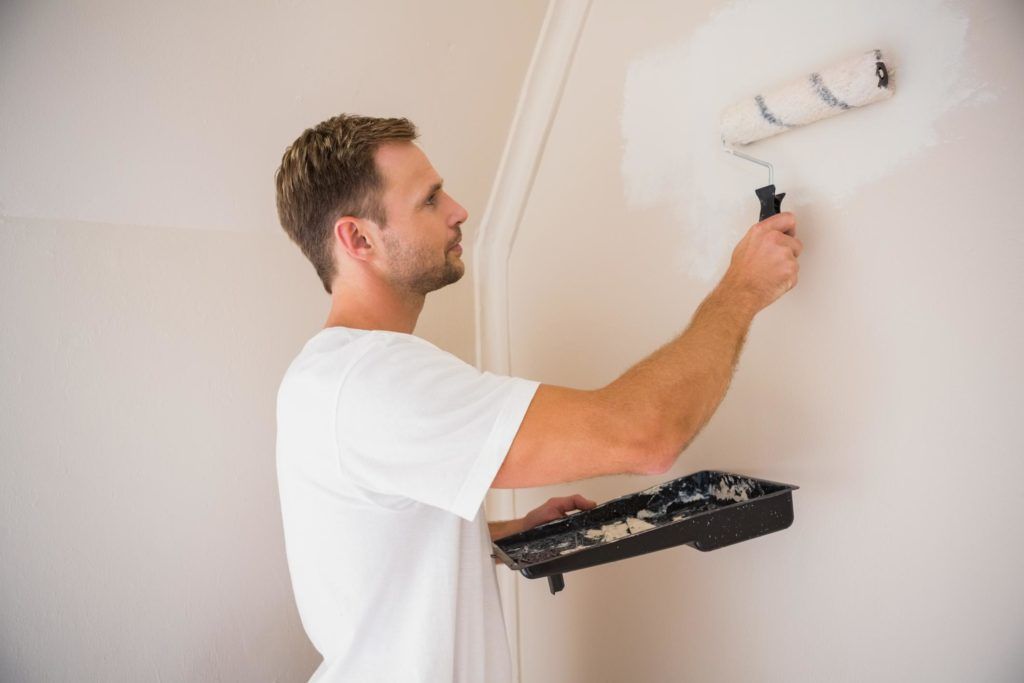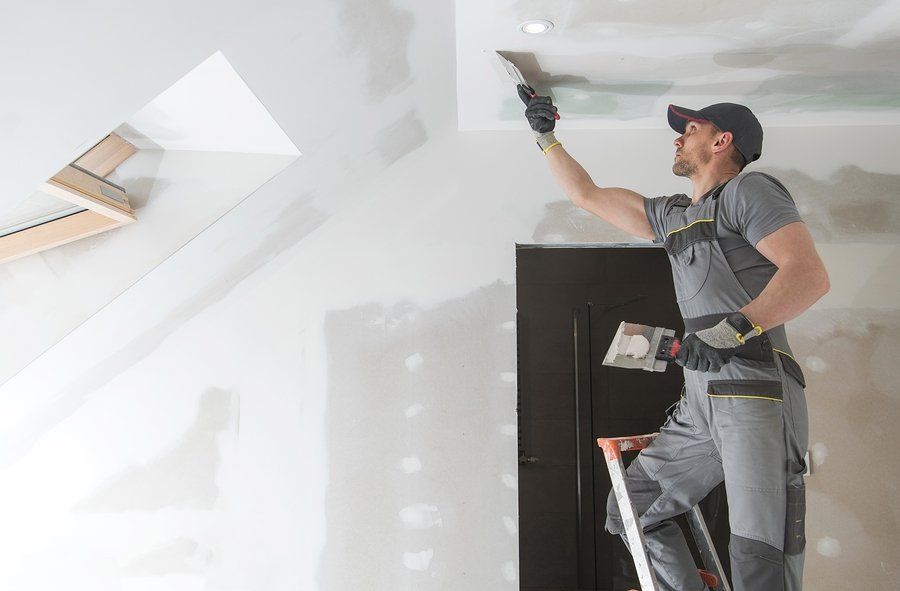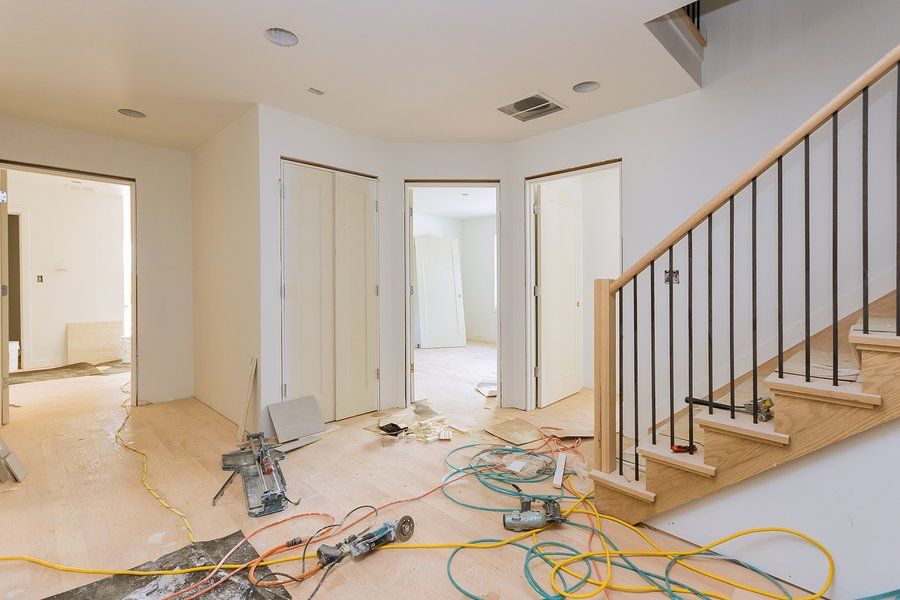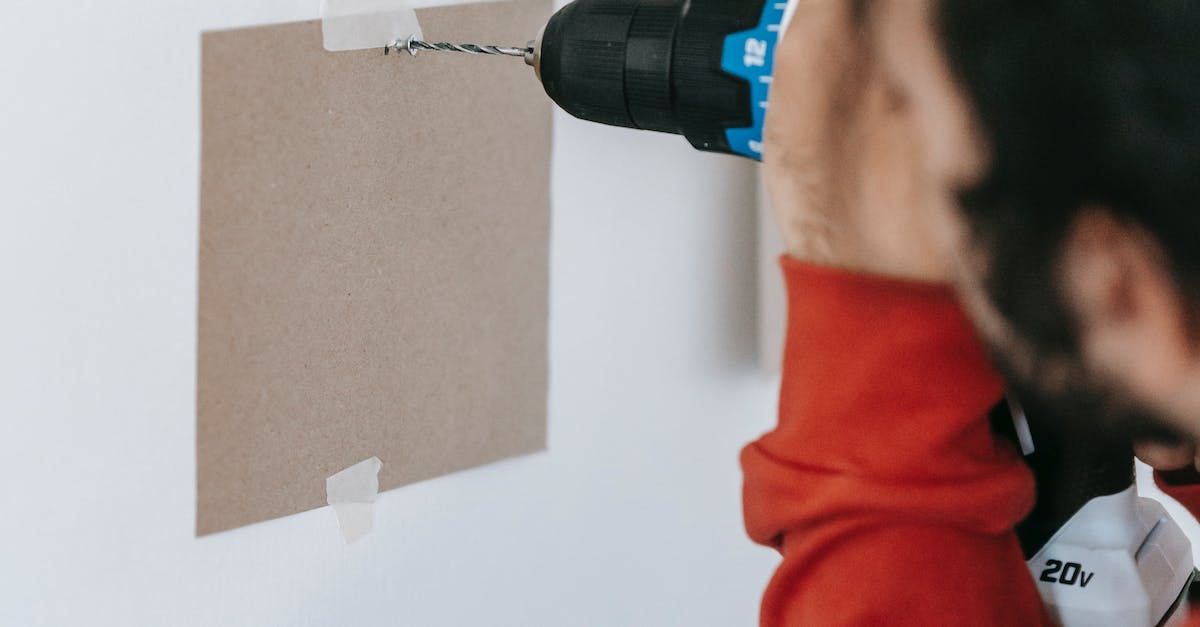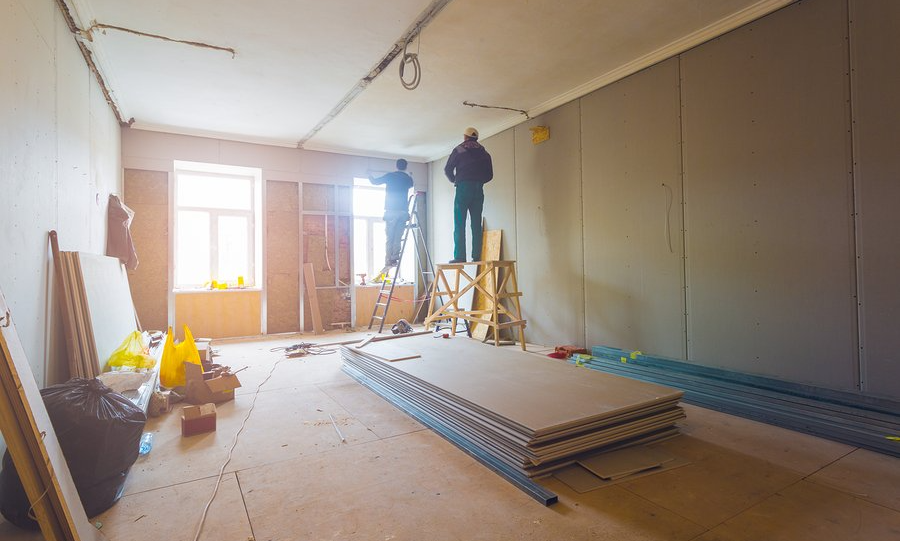Revive Your Walls: Simple Steps to Effective Drywall Repair
A Comprehensive Guide to Restoring Your Drywall with Expert Tips and Tricks
When it comes to maintaining a beautiful and functional home, drywall repair is an essential skill every homeowner should possess. From minor dings to major holes, knowing how to tackle drywall and sheetrock issues can save you time and money. In this guide, we'll explore effective steps for drywall repair, ensuring your walls look as good as new. Whether you're searching for “drywall repair near me” or need help with a specific project, this article will equip you with the knowledge to revive your walls.
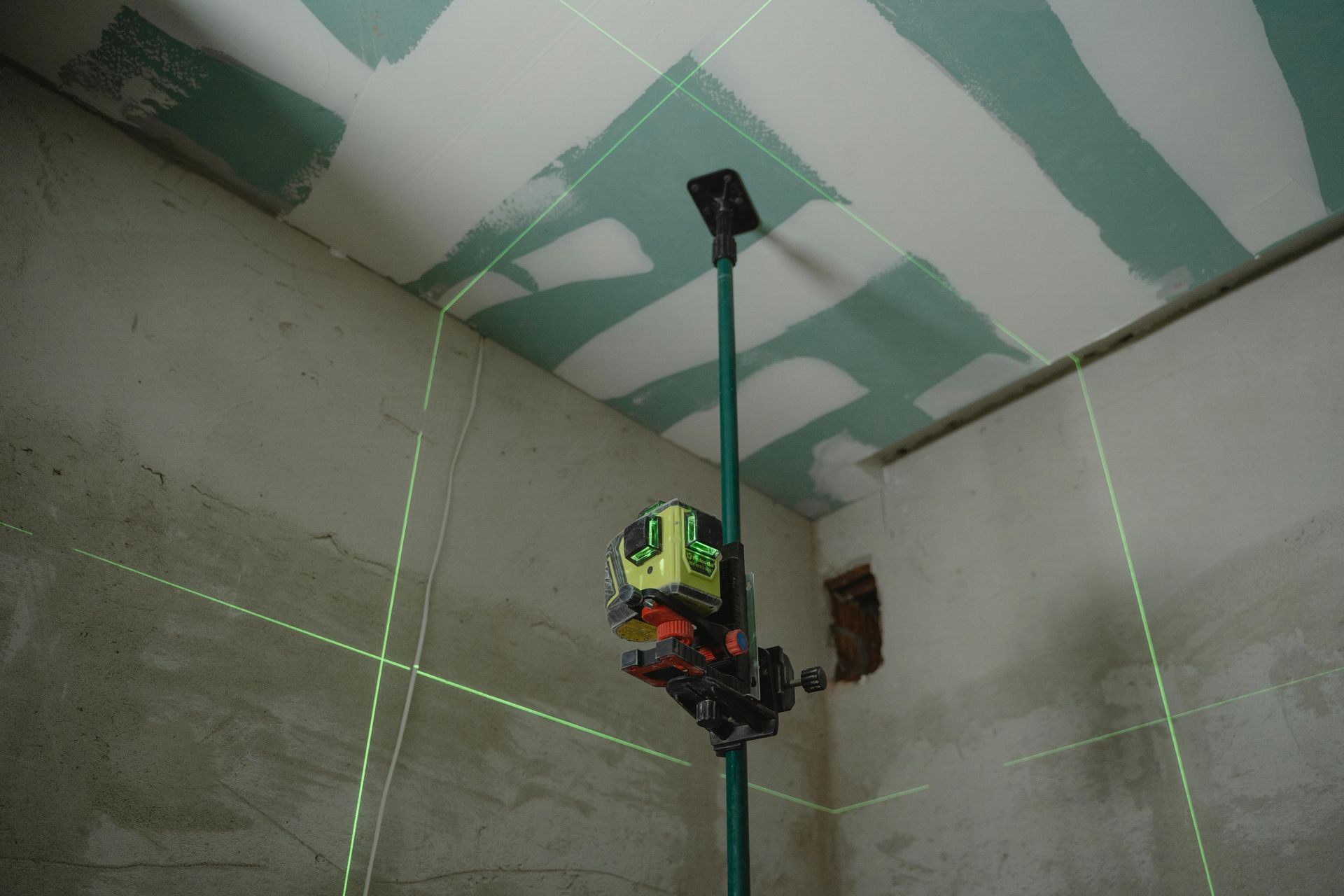
Understanding Drywall and Sheetrock
Before diving into the repair process, it's important to understand what drywall and sheetrock are. Drywall, often referred to as sheetrock, is a building material made of gypsum plaster sandwiched between two sheets of heavy paper. It's used for constructing walls and ceilings, providing a smooth, paintable surface. Over time, drywall can suffer from various forms of damage, including cracks, holes, and water stains.
Common Drywall Issues
Several common issues may require drywall repair, including:
- Holes: These can result from accidental impacts, such as doorknobs or furniture.
- Cracks: Settling of the house or temperature changes can lead to cracks in the drywall.
- Water Damage: Leaks or high humidity can cause water stains and sagging in the drywall.
- Nail Pops: Nails or screws that pop out of the drywall surface can create unsightly bumps.
Tools and Materials Needed for Drywall Repair
Before starting your drywall repair project, gather the necessary tools and materials:
- Drywall patch or piece of drywall (for larger holes)
- Joint compound
- Drywall tape (paper or fiberglass mesh)
- Putty knife or drywall knife
- Sandpaper (fine-grit for smoothing)
- Primer and paint (for finishing)
- Utility knife
- Drywall saw (for larger repairs)
Step-by-Step Guide to Effective Drywall Repair
Step 1: Assess the Damage
Begin by thoroughly inspecting the damaged area. Determine the extent of the damage and decide whether a simple patch will suffice or if you need to replace a section of drywall. For small holes (less than 1 inch), a patch is often enough. For larger holes, you may need to cut a piece of drywall to fit the space.
Step 2: Prepare the Area
Before starting the repair, ensure the surrounding area is clean. Remove any loose debris, dust, or peeling paint. Use a utility knife to cut away any damaged drywall edges for a smooth surface. If you’re dealing with water damage, make sure the source of the leak is fixed before proceeding with repairs.
Step 3: Patch Small Holes
For small holes, follow these steps:
- Clean the Hole: Use a utility knife to trim the edges of the hole for a clean, smooth surface.
- Apply Joint Compound: Use a putty knife to apply a thin layer of joint compound over the hole. Smooth it out as much as possible.
- Allow to Dry: Let the joint compound dry completely according to the manufacturer’s instructions.
- Sand the Area: Once dry, sand the area until it is smooth and level with the surrounding wall.
- Prime and Paint: After sanding, apply primer followed by paint to match the surrounding wall.
Step 4: Repair Larger Holes
For larger holes, you may need to use a drywall patch or replace a section of drywall. Here’s how:
- Cut a Drywall Patch: Measure the hole and cut a piece of drywall that is slightly larger. Then trace the outline of the patch on the wall and cut along the lines to create a hole that fits the patch.
- Secure the Patch: Use drywall screws to attach the patch to the wall studs or to a wooden backing if necessary.
- Apply Drywall Tape: Cover the seams with drywall tape to prevent cracks from forming.
- Joint Compound Application: Use a putty knife to apply joint compound over the tape and smooth it out. Allow it to dry.
- Sand and Finish: Sand the area once dry, prime, and paint to match the surrounding wall.
Step 5: Address Cracks
Cracks can be fixed easily with joint compound. Follow these steps:
- Clean the Crack: Use a utility knife to remove any loose material around the crack.
- Apply Joint Compound: Fill the crack with joint compound, smoothing it out with a putty knife.
- Let It Dry: Allow the compound to dry completely.
- Sand and Paint: Sand the area to make it smooth, then prime and paint over it.
- Tips for Drywall Repair Success
- Take Your Time: Rushing through repairs can lead to mistakes. Allow proper drying time between layers.
- Use the Right Tools: Invest in quality tools, as they can make a significant difference in the outcome of your repair.
- Practice Patience: If you’re new to drywall repair, practice on a small area before tackling larger repairs.
- Know When to Call a Professional: If the damage is extensive or beyond your skills, consider hiring a drywall contractor. Searching for “drywall repair near me” or “sheetrock contractor” can help you find a local expert.
Finding a Local Drywall Repair Contractor
If your drywall issues are extensive or you're short on time, hiring a professional can be a great option. Here’s how to find a reliable contractor:
- Search Online: Use search terms like “drywall repair near me” or “drywall contractor near me” to find local services.
- Check Reviews: Look for reviews and testimonials to gauge the quality of their work.
- Ask for Recommendations: Friends and family can provide valuable referrals to trusted contractors in your area.
- Get Multiple Quotes: Compare prices and services from different contractors to ensure you're getting a fair deal.
The Importance of Regular Maintenance
To prevent future drywall issues, consider regular inspections and maintenance. Addressing small problems before they escalate can save you time and money in the long run. For example, if you notice a small crack or nail pop, fix it immediately to avoid more significant repairs later.
Conclusion
Drywall repair doesn’t have to be a daunting task. With the right tools, materials, and knowledge, you can effectively revive your walls and keep your home looking its best. Whether you're dealing with minor dings or major damage, this guide provides the simple steps you need for effective drywall repair. Remember, if you're ever in doubt or the damage is extensive, don’t hesitate to reach out to a professional drywall contractor.
By following these guidelines and integrating SEO strategies, you can not only improve your home but also create content that ranks well in search engines, attracting those looking for drywall repair solutions.
Final Thoughts
Investing time in understanding drywall repair can lead to significant benefits for your home. If you search for terms like “drywall installation near me” or “sheetrock repair near me,” remember that you can take on many repairs yourself with the right approach. Equip yourself with the knowledge and tools, and you'll be well on your way to mastering drywall repair!


